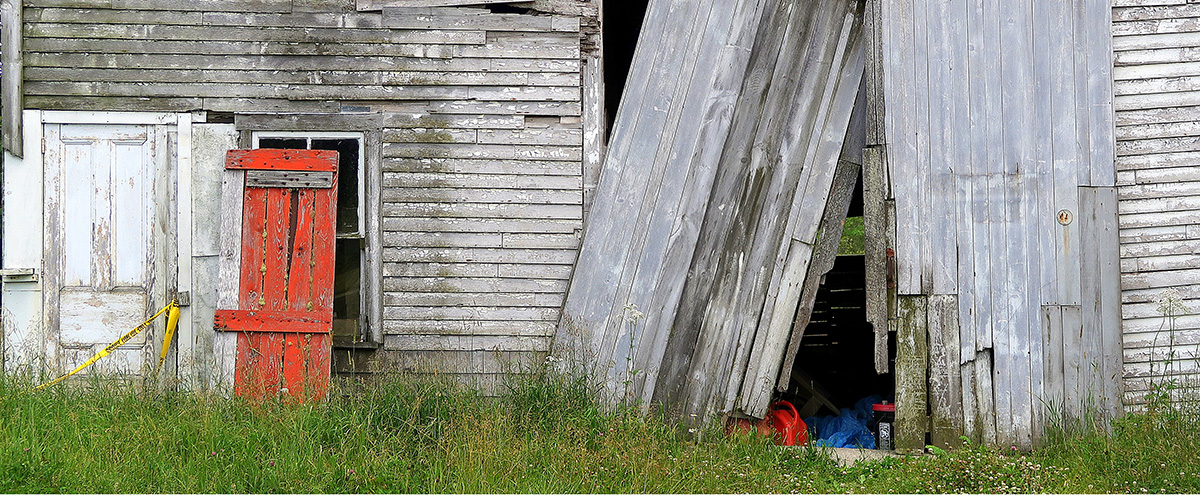Interagency Collaboration Jail Populations Rural Jails November 10, 2017
After more than four decades of continuous growth, the U.S. jail population has been on the decline since 2008. In 2015, the most recent year for which data is available, the average daily jail population declined yet again, slightly, by 2.4 percent.
The Vera Institute of Justice’s recent report Out of Sight: The Growth of Jails in Rural America found that during the decade prior to 2013, jail populations had been on the decline in large urban counties, but rose steeply in rural counties. Newly released 2015 county-level data, which Vera has just added to its Incarceration Trends data tool, reveals that these trends continue: nearly nine in 10 large urban counties experienced declines and, together, the jail population in the nation’s 61 large urban counties fell by 18,392 people between 2014 and 2015. That’s equivalent to emptying the Los Angeles County jails.
What the overall downward trend in the total U.S. jail population masks, however, are rising jail populations in 40 percent of suburban and small and midsized counties, and in more than half of rural counties (See Figure 1, below). The source of this data, the Annual Survey of Jails (ASJ), does not cover every jail in the United States however. Its main purpose is to estimate the national jail population. The survey covers all large jails, but only a sample of smaller jails.
The jail population grew in 195 out of 482 suburban and small and midsized counties surveyed in 2015, while 156 of the 272 rural counties surveyed had more than 8,700 additional people in jail combined. While these jails are individually small, the growth in these places adds up.
Though rural counties have the highest incarceration rates, the ASJ collects data in only 14 percent of rural counties. So while the rural jails that participated in the 2015 survey experienced sharp increases, the ASJ does not provide a tally of the jail population change in all 2,000 rural counties.
The overall picture painted by the 2015 jails data is one of tremendous declines in large, urban jurisdictions being eroded by sharp increases in jail populations in a large proportion of suburban, small and midsized, and rural counties. In urban areas such as Philadelphia and Houston, significant reforms are under way through national initiatives like the Safety and Justice Challenge. There are also more localized changes occurring in urban areas —like bail reform in New Jersey and the move to close Rikers Island in New York City. But smaller and more rural counties continue to lag behind. In order to bring these counties further into the fold of reform, governments and their partners can use the available data to examine what’s happening in their communities, contribute to filling the gaps in data and knowledge and, ultimately, initiate plans for change.
*This blog is cross-published from www.vera.org. Photo credit: Spencer Means/ Flickr


